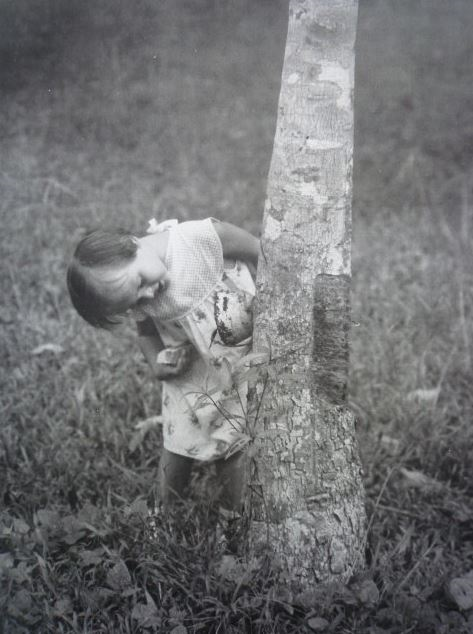The Curious Curator
 |
| By (Anonymous, for Ferrante Imperato) - http://www.ausgepackt.uni-erlangen.de/presse/download/index.shtml, Public Domain, https://commons.wikimedia.org/w/index.php?curid=9172105 |
In my study there are many favourite items. Books I have
treasured since childhood stand cover to cover with brand new editions, some I
have still yet to read, for if I have to acknowledge just one vice, (and I have
several) I am a self-confessed book junkie. The mere glimpse of a title leads my mind down all sorts of imaginary pathways, new ideas, new journeys, greater understanding of a
subject or merely escapist tales of fantasy. The anticipatory thought of opening
a new book and inhaling the smell of fresh print, and the touch of pristine pages,
as yet unturned, adds a whole new sensory and tactile dimension to the book
reading exercise that online text can never convey. Second-hand books also have
their own unique persona. Perhaps stored in slightly damp surroundings at the
rear of an old book shop racked from floor to ceiling with obscure titles that
haven’t seen the light of day in 50 years, their imbued scent of damp and
mildew has a cachet all of their own.
Paintings take pride of place on the walls of my study. Gifts
from friends and relatives all treasured mementoes because they were given with
love. Others valued because the artist is known personally to me such as those
by an old friend in all senses of the word, Vicky Hunt a local artist whose
willow trees are taken from Fenland settings. In pride of place is a street map
of New York, a picture bought and framed by my wife Madeleine on a trip she
made there. During her living days the picture did nothing for me and following
her death it was nearly consigned to the charity shop pile. But a second
thought prompted me to reconsider, and looking at it as something she
cherished, it has now taken on a new meaning for me, and every time I gaze upon
it invokes a bittersweet smile of remembrance and a sharp pang of sadness to
remind me that I still miss her beyond measure.
Serendipitous findings also grace my study such as an
attractive pebble here, a colourful seashell there, a piece of driftwood
collected from the sea strand and a handful of tiny cowrie shells painstakingly
sifted from a myriad of pulverised shells during a howling gale at
Ardnamurchan Point, the westernmost
point of mainland Britain. All kept for their intrinsic beauty but also imbued
with the memories of where, when and who I was with when they first drew my
attention.
In a secure lock up I have over 100 roadkill badger skulls
together with skeletons and body parts of other mammals donated by an old
friend John Green, now deceased, who had spent a life a time collecting his
natural history reference collection. Otter spraints and water vole scats and
many other random mammalian artefacts are stored there too.
If this wasn’t enough, my freezer is stuffed full of small
mammals brought in by my cat along with other roadkill including a grass snake,
a slow worm, two mink and two pole cats (or polecat ferrets) pending DNA
analysis to confirm their wild native provenance. This menagerie is used as
reference material for training courses we run at Madeleine’s Patch.
But my most treasured possession within my eclectic
collection undoubtedly goes to my hazel staff bought as a gift from Madeleine to
me at Sandringham Country Fair several years ago. It has a carved figure of an
owl at the top and through the process of inosculation, a winding honeysuckle vine
has carved a helix pattern deep into the hazel stem reminiscent of Asclepius’
serpent entwined rod of healing. Frequent use has worn smooth the head of the
owl which is developing its own patina.
This rod has oft stood me in good stead and has many uses
ranging from a probe to detect rabbit burrows and other hazards in dense
vegetation I frequently must wade through as part of my job as an ecological
surveyor, a depth sounder in water with silty bottoms, a third arm when
climbing fences and a stabilising third leg when negotiating steep banks. It
also serves to slash paths though brambles and as a social distancing device
when surrounded by herds of cattle to name just a few of the myriad uses the
stick has been employed to. It may be just a piece of wood to some, but to me
it is the swiss army knife of all sticks, useful but with a Je ne sais quoi all
of its own.
Steve Parnwell



What wonderful collections you've described, heaven to some (including me) and hell to many, no doubt. Please don't leave your hazel staff behind when we finally meet at Madeleine's Patch.
ReplyDelete